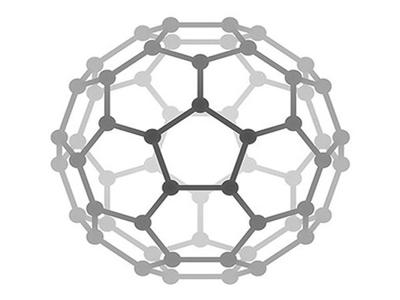Nanotechnology is the art of manipulating materials on atomic or molecular scales especially to build nanoscale structures and devices. A nanostructure is a structure of intermediate size between microscopic and molecular structures. Nanostructural detail is a microstructure at the nanoscale. Nanostructures are the structures, whose sizes are within a few nanometers (<100 nm) and can comprise either single material or multiple materials. They are structures that range between 1 nm (molecular scale) and 100 nm in at least one dimension.
“Nanostructures are the structures, whose sizes are within a few nanometers (<100 nm) and can comprise either single material or multiple materials.”
In describing nanostructures, it is necessary to differentiate between the number of dimensions in the volume of an object which are on the nanoscale. The field is expanding quickly, and a lot of work is ongoing in the design, characterization, synthesis, and application of materials, structures, devices, and systems by controlling shape and size at the nanometer scale. Nanotextured surfaces have one dimension on the nanoscale, i.e., only the thickness of the surface of an object is between 0.1 and 100 nm. Nanotubes have two dimensions on the nanoscale, i.e., the diameter of the tube is between 0.1 and 100 nm; its length can be far more. Nanostructures with multiple materials can again either be simple like polymer-metal nanocomposite, silica-metallic nanoparticles, graphene-gold nanoparticles, and so on or in the form of core-shell. Two important types of nanostructure are nanocrystals (tiny crystals, often of semiconducting material) and nanotubes (tiny tubes, usually of pure carbon).

Carbon Nanostructure
Finally, spherical nanoparticles have three dimensions on the nanoscale, i.e., the particle is between 0.1 and 100 nm in each spatial dimension. The terms nanoparticles and ultrafine particles (UFP) are often used synonymously although UFP can reach into the micrometer range. The term nanostructure is often used when referring to magnetic technology. The nanostructures based upon heavy metals are extensively researched. For example, silver nanoparticles with broad-spectra antimicrobial activities have a very strong power to penetrate the cell membranes or cell walls of causative pathogens, and their surfaces can be modified for enhancing the specificity of antimicrobial effect and lowering the toxicity thereof.
Nanoscale structure in biology is often called ultrastructure. It plays a significant role in the advancement of scientific and engineering technologies at the nanoscale. The composition of nanostructures, such as monometallic, bimetallic, magnetic, metal oxide, semiconductor, hybrid, composite, etc., has been used frequently as the basis for their classification. Properties of nanoscale objects and ensembles of these objects are widely studied in physics. The nanostructured material system is, however, of increasing significance in our technology-dominated economy and this suggests the need for a series of books to cover recent developments.
















